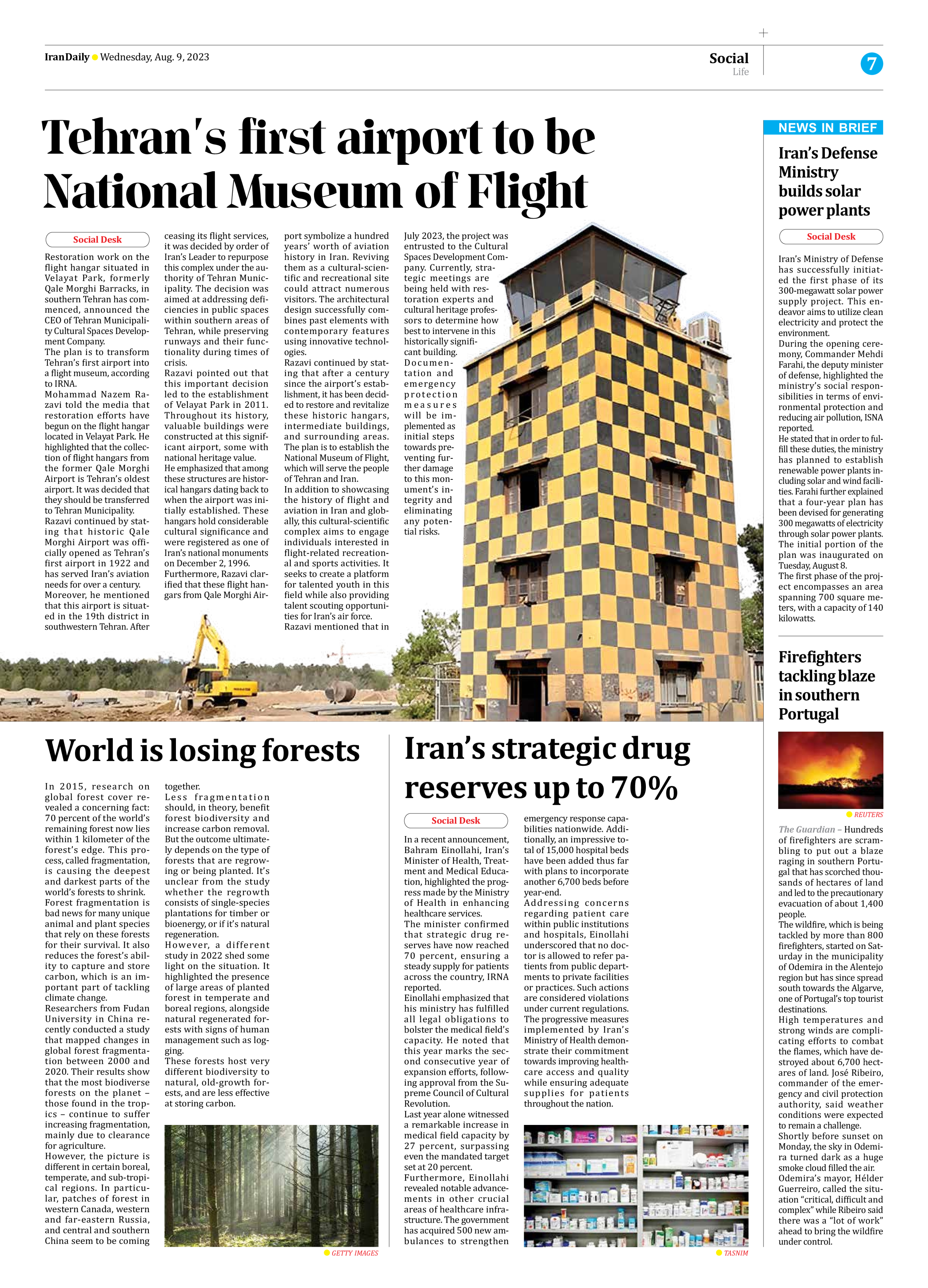
World is losing forests
In 2015, research on global forest cover revealed a concerning fact: 70 percent of the world’s remaining forest now lies within 1 kilometer of the forest’s edge. This process, called fragmentation, is causing the deepest and darkest parts of the world’s forests to shrink.
Forest fragmentation is bad news for many unique animal and plant species that rely on these forests for their survival. It also reduces the forest’s ability to capture and store carbon, which is an important part of tackling climate change.
Researchers from Fudan University in China recently conducted a study that mapped changes in global forest fragmentation between 2000 and 2020. Their results show that the most biodiverse forests on the planet – those found in the tropics – continue to suffer increasing fragmentation, mainly due to clearance for agriculture.
However, the picture is different in certain boreal, temperate, and sub-tropical regions. In particular, patches of forest in western Canada, western and far-eastern Russia, and central and southern China seem to be coming together.
Less fragmentation should, in theory, benefit forest biodiversity and increase carbon removal. But the outcome ultimately depends on the type of forests that are regrowing or being planted. It’s unclear from the study whether the regrowth consists of single-species plantations for timber or bioenergy, or if it’s natural regeneration.
However, a different study in 2022 shed some light on the situation. It highlighted the presence of large areas of planted forest in temperate and boreal regions, alongside natural regenerated forests with signs of human management such as logging.
These forests host very different biodiversity to natural, old-growth forests, and are less effective at storing carbon.







